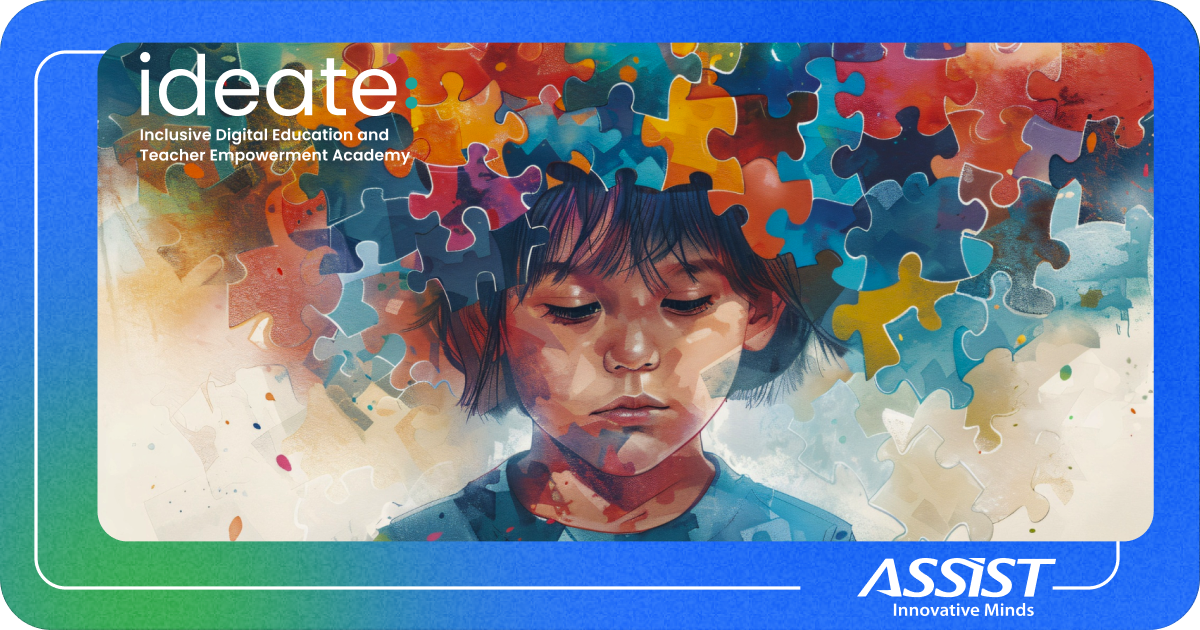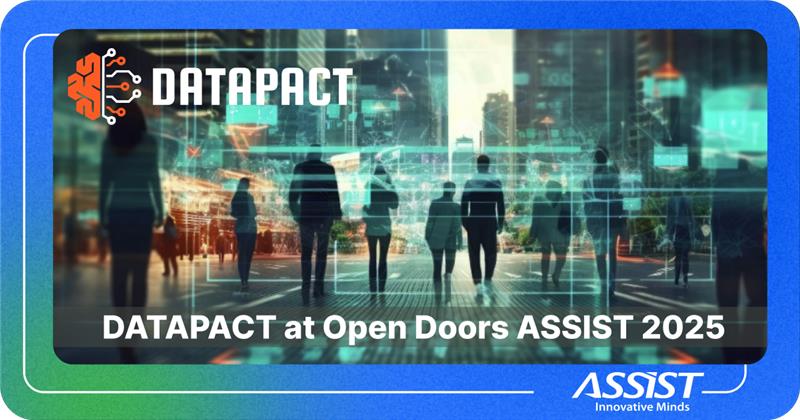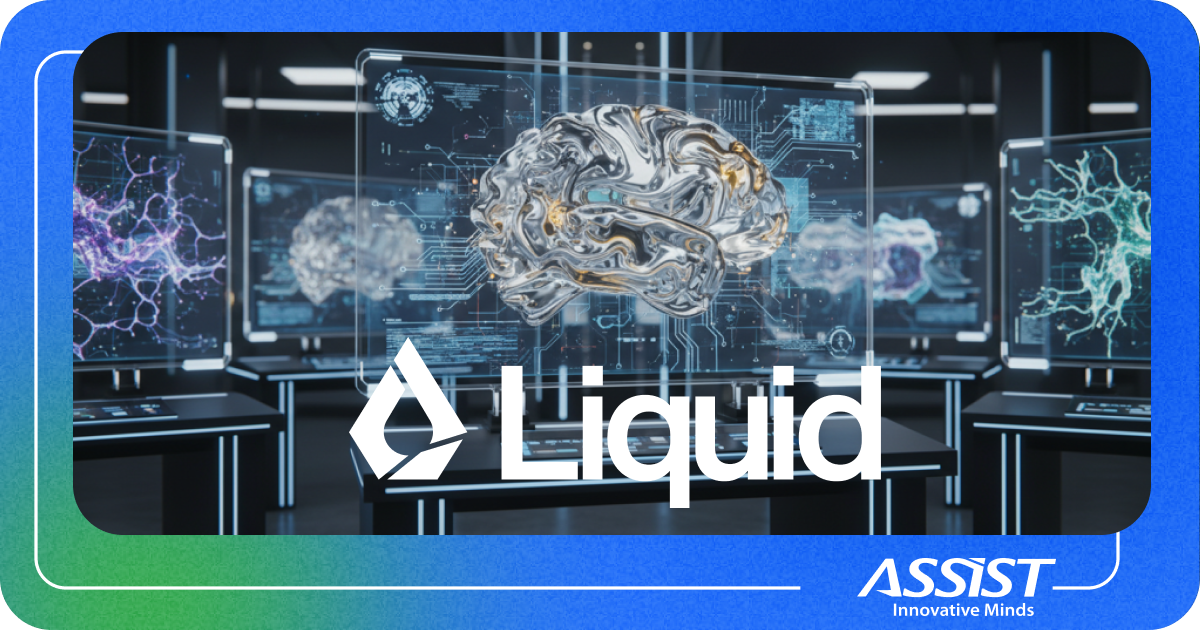A(I)BILITIES Project Kick-Off Meeting

In an exciting step forward for digital accessibility and in line with the European Accessibility Act, ASSIST Software, and Stefan cel Mare University of Suceava, through its Machine Intelligence and Information Visualization Lab (MintViz Lab), have officially launched the A(I)BILITIES project. This groundbreaking initiative aims to leverage generative artificial intelligence to create personalized, interactive solutions for users with disabilities. The kick-off meeting, held on January 21st, 2025, at ASSIST’s headquarters, marked the beginning of this innovative collaboration, with ASSIST as the coordinator, setting the stage for transformative advancements in digital inclusivity.
Bridging the Accessibility Gap with AI
The accessibility of digital technology often falls short for users with disabilities, leaving a significant portion of the population underserved. The A(I)BILITIES project seeks to address this gap by harnessing the power of generative AI to develop adaptive digital solutions tailored to individual needs. At its core, this project aims to overcome the limitations of current accessibility options, providing more inclusive and compelling user experiences. By enabling knowledge transfer from the MintViz Lab to ASSIST Software, the project will bring research closer to the market, concretizing advanced AI technologies into practical solutions. The lab's commitment to creating useful and usable interactions between humans and computers aligns perfectly with the project's goals of enhancing accessibility and personalization through advanced AI technologies.

Building Collaborative Foundations for A(I)BILITIES
The kick-off meeting provided an excellent opportunity for the teams from ASSIST Software and Stefan cel Mare University of Suceava to get to know each other and establish a strong collaborative foundation.
The meeting began with a comprehensive project overview, outlining the ambitious goals of the A(I)BILITIES project, as well as highlighting the research conducted by the MintViz Lab in this field. Additionally, the consortium stated the importance of direct access to end-users with disabilities, ensuring that their needs and feedback will be integral to the development and refinement of the project’s solutions. The implementation teams identified and analyzed several key technical challenges that need to be addressed to achieve the project’s objectives. The meeting concluded with discussions on logistics, focusing on configuring shared digital platforms for project management, data sharing, and regular meetings.
Stay tuned for exciting news about our mission to transform digital experiences for people with disabilities. We're dedicated to eliminating barriers, enhancing accessibility, and redefining inclusion to create a more inclusive digital world for everyone.
Funding and Support
The A(I)BILITIES project is funded with the support of UEFISCDI, through PNCDI-4 and has been submitted with project ID PN-IV-P7-7.1-PTE-2024-0434.



